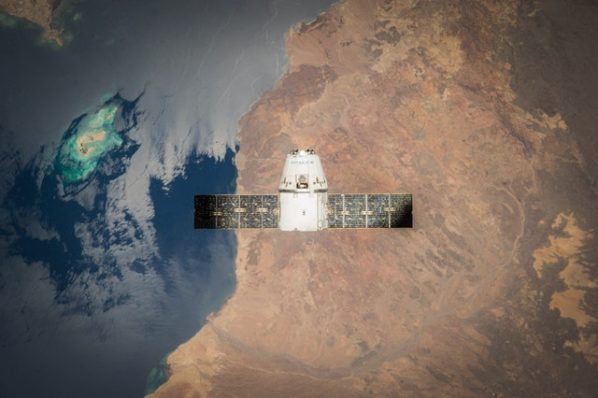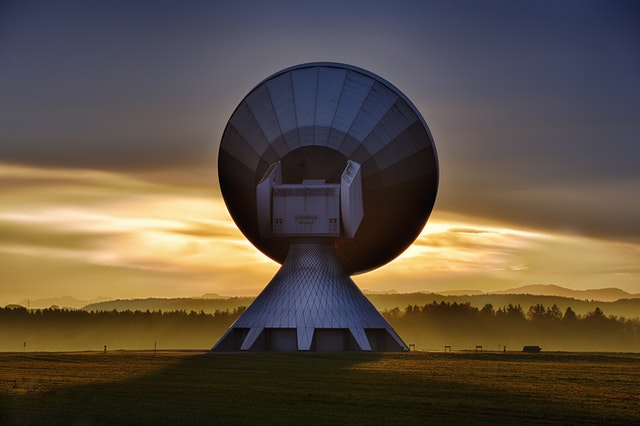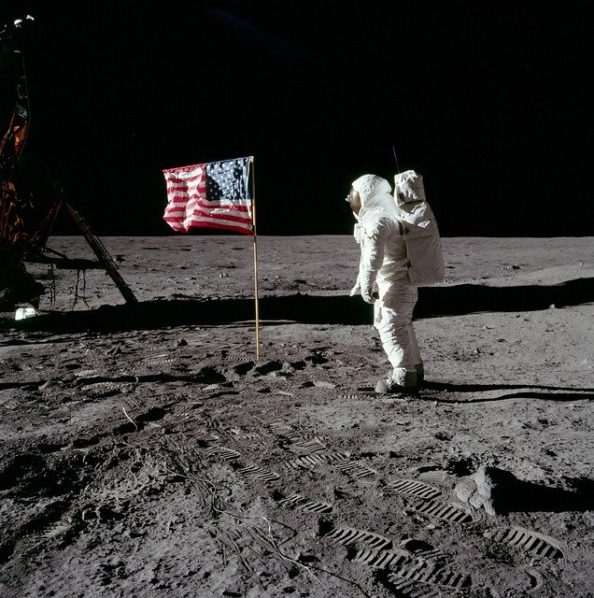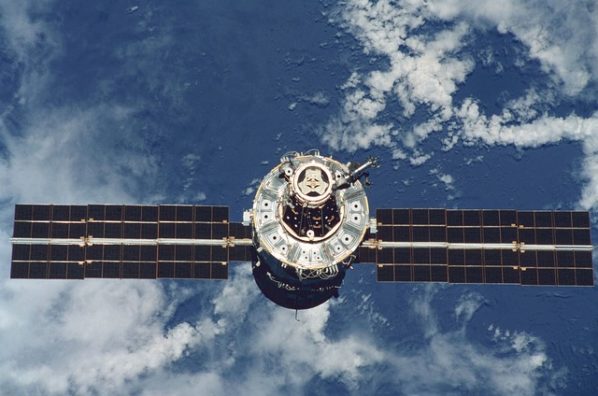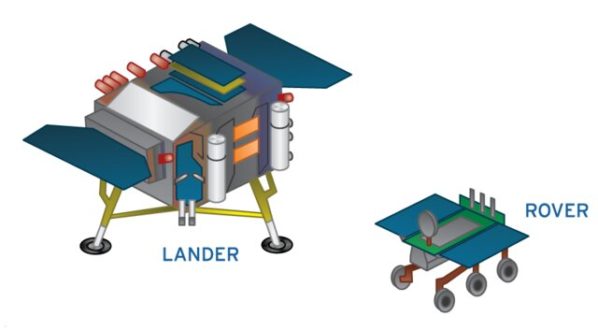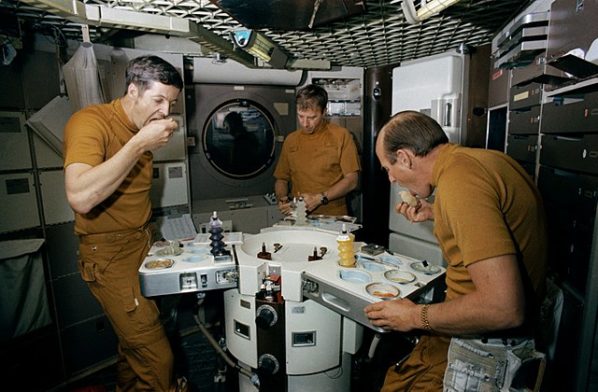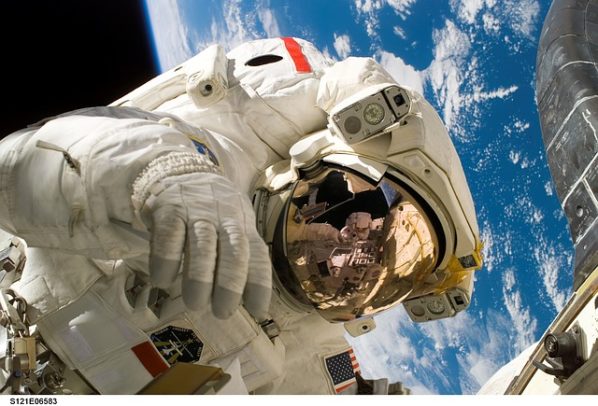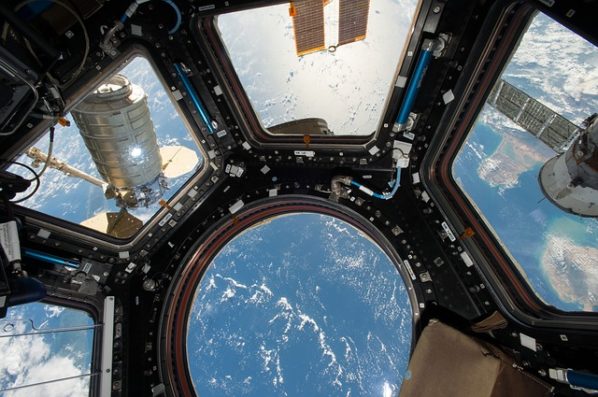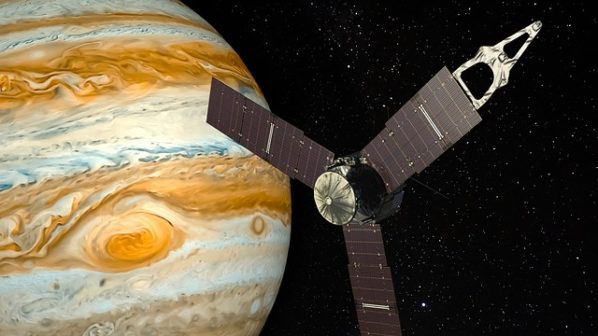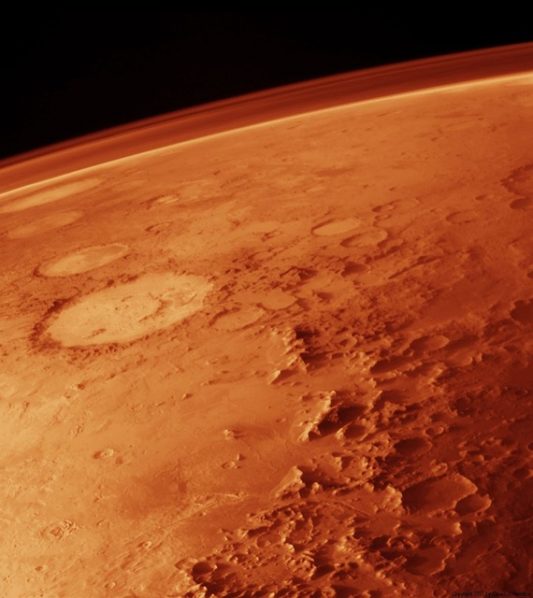Space Exploration
Uncover the wonders of space exploration. Study distant worlds and push the boundaries of human knowledge in the vast expanse of the universe.
Remote Sensing Satellite Data & Tools: Active, Passive, Microwave
We rely on remote sensing satellites every day, but what types of remote sensing are there? Check out the main tools that help us navigate, forecast weather, obtain earth surface data, keep track of natural disasters, and more.
The Great Opportunities of the Galileo Satellite Navigation
More than 2,000 satellites are orbiting the Earth at this very moment. They are used for communication and many other purposes. This article covers different aspects of satellite uses in navigation, with a strong emphasis on navigation. Then it looks into the Galileo Satellite Navigation System.
Using of Satellites in Wireless Communication
What are satellites used for? Our tech and communication relies mostly on these devices. Explore all uses of wireless communication and find out if too many manmade devices orbiting the Earth poses any dangers.
Here’s How NASA Chose the First Astronauts to Walk on the Moon
While we're excited to see the Artemis astronauts make their way to the lunar surface, they aren't the first human beings to set foot on the moon. How did NASA choose the Apollo astronauts for the 1969 mission? How has the selection process changed over the years, and what is NASA looking for in its Artemis astronauts?
How Solar Energy Keeps the International Space Station Going
Solar energy is a big deal on planet Earth right now. People around the world have discovered its benefits. Its clean, renewable, and affordable. Once you have an array in place, you can power your home or business for decades. Solar helps us off-planet just as much as it does at home. The sun is our most plentiful power source, and scientists and researchers have found ways to tap into it on the International Space Station.
NASA Commissions a New Module for the Space Station
Axiom Space is building a new commercial module for the International Space Station, transforming it into a commercial destination by 2030.
What Is LightSail and How Does It Work?
Cell phones aren't the only technology we've plucked from science fiction. Let's take a closer look at LightSail — what it is, how it works and how it might change the way we look at interstellar travel.
Why Did Lunar Outpost Design Small Rovers for the Moon?
It's been a long time since we've sent people to the moon. The last human being set foot on our satellite in 1972 and though China has sent probes to the dark side of the Moon, no humans have visited it in decades. In spite of this, many countries are still looking up into the night sky and wonder if the moon has more to offer. One company is working on exploring that potential in the future. Why is Lunar Outpost designing small rovers for use on the moon?
What’s on the Menu for Astronauts?
Discover the transformation of astronaut food from toothpaste-like tubes to modern menus. Explore the potential of growing food in space.
Why Does the Advisory Committee Want a Smaller ISS Crew?
There are currently six astronauts on the International Space Station right now — three from the United States, two from Russia and one from Japan. You can use this website to see who they are and how many days they’ve been in space. There are even informational profiles for each astronaut, so you can learn more about them. A total of six astronauts doesn’t sound like a lot in the grand scheme of things, but that hasn’t stopped the Advisory Committee from recommending smaller ISS crews going forward. Why does the committee want smaller teams on the International Space Station, and what will this mean for the future of the…
How Does Space Fever Affect an Astronaut’s Health?
We’ve been sending men and women into space since the late 1960s, and we’ve spent the better part of the last 60 years studying the effect that space travel has on the human body. Recently, we’ve discovered a new and potentially dangerous side effect of living and working in microgravity environments: space fever. What is space fever, and how can it affect the health of the astronauts who live and work on the International Space Station? What Is Space Fever? When you’re on Earth, as long as you are not ill, your normal body temperature is 98.6 degrees Fahrenheit or 37 degrees Celsius. When you become sick and your body…
Does Space Tourism Have Health Risks?
Space tourism poses health risks, but short trips are manageable for people in average health. Psychological impacts, like space anxiety, are crucial.
NASA Will Soon Decide If Changing Juno’s Course is Best
Jupiter is named after the king of the Roman gods, and with its massive size, it definitely holds the title of king of the Solar System. NASA's Juno spacecraft entered orbit around the gas giant in July of 2016. Due to a problem with the craft's propulsion system, NASA is currently debating whether changing Juno's course is the best option. What is Juno looking for out there among the stars?
Inside the Monster Rocket to Mars: How Did NASA Build and Fund the SLS?
Explore NASA's monumental Space Launch System, paving the way for Mars missions. Budget challenges, ambitious goals, and adaptability await!

